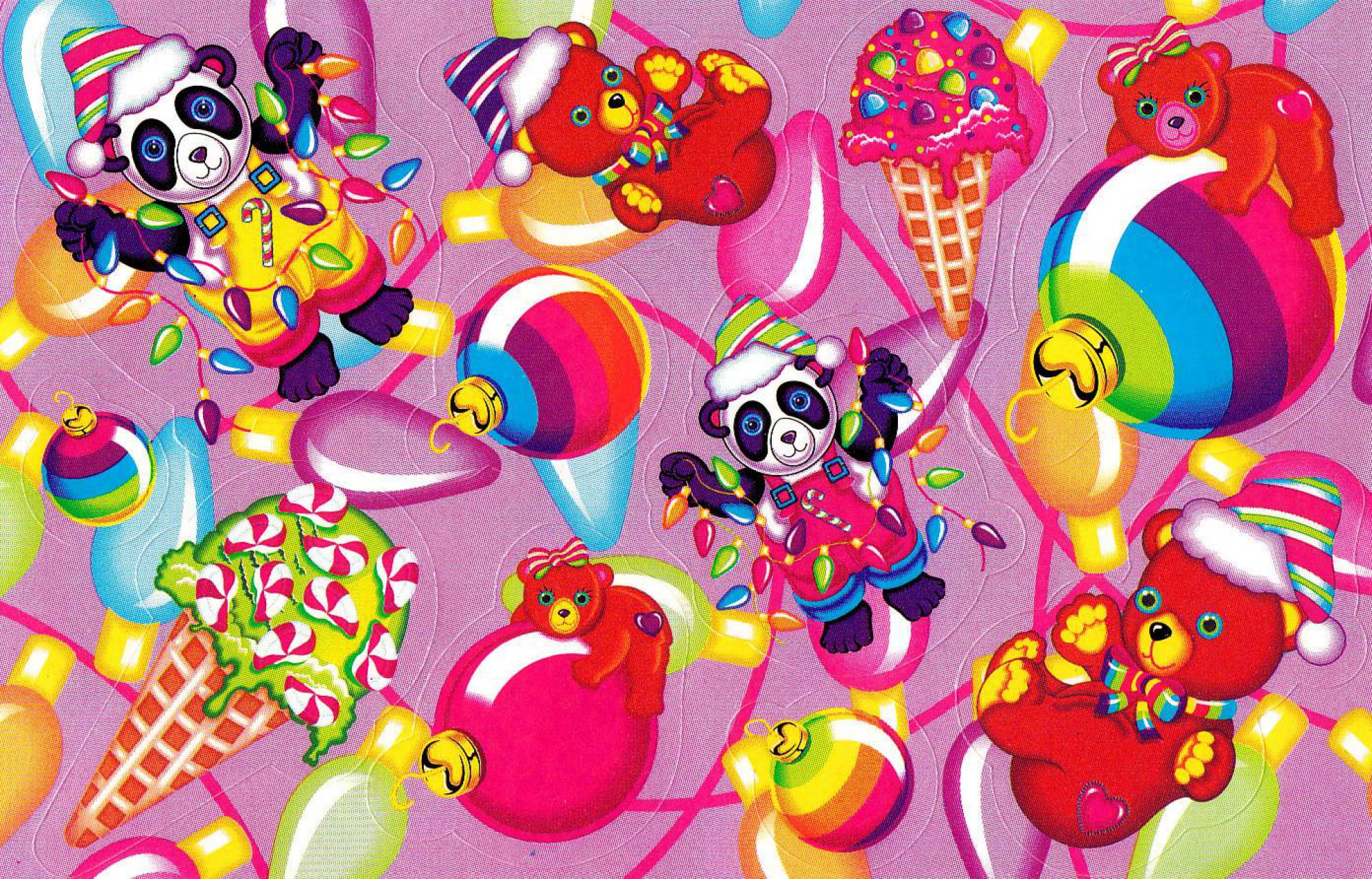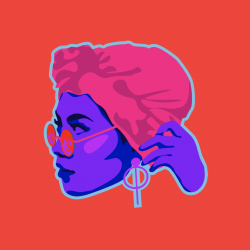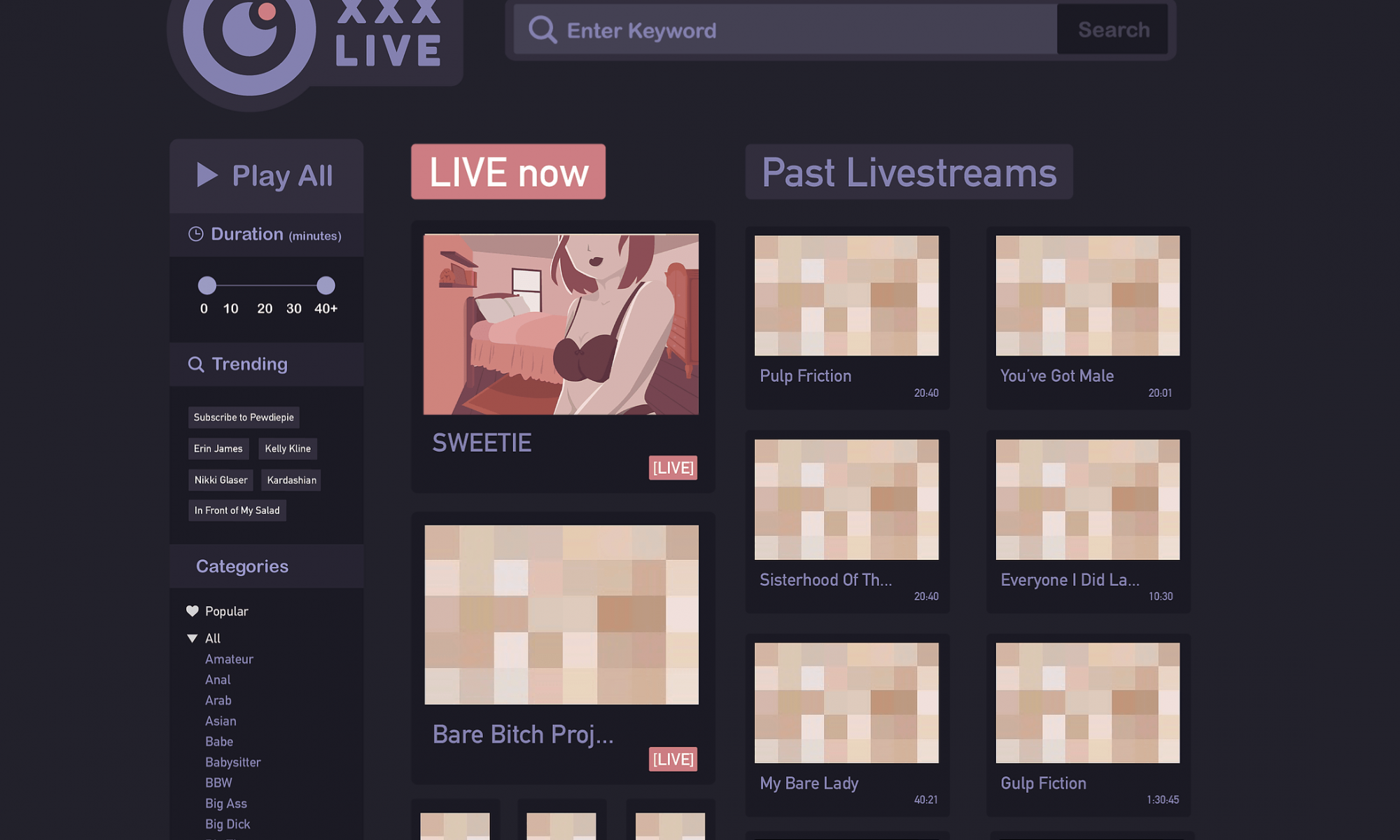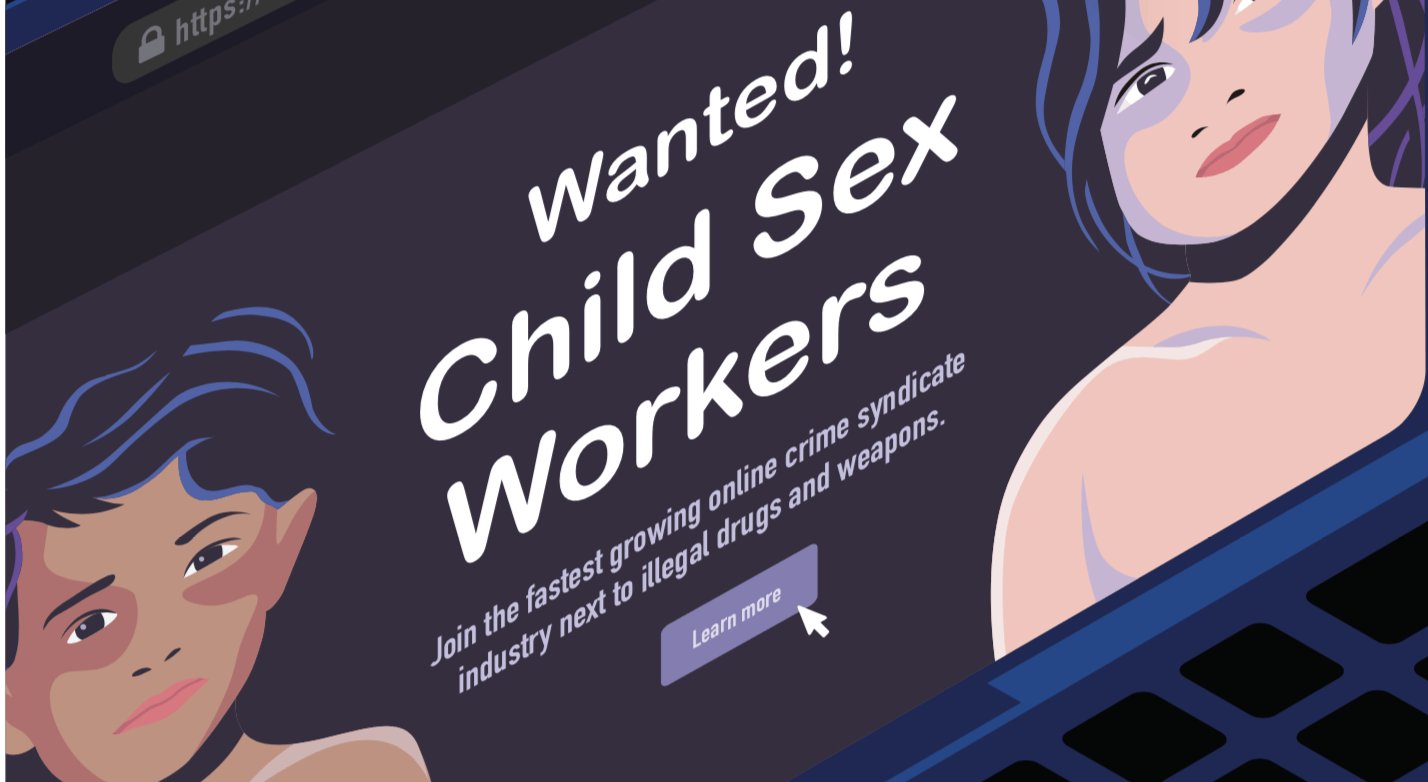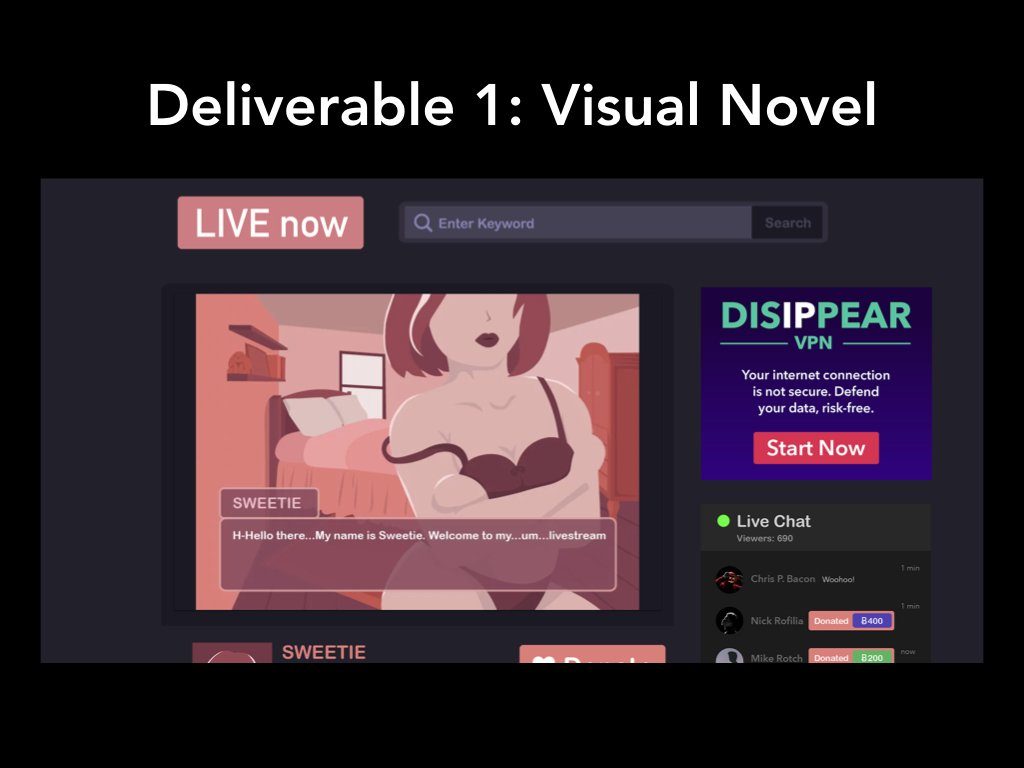
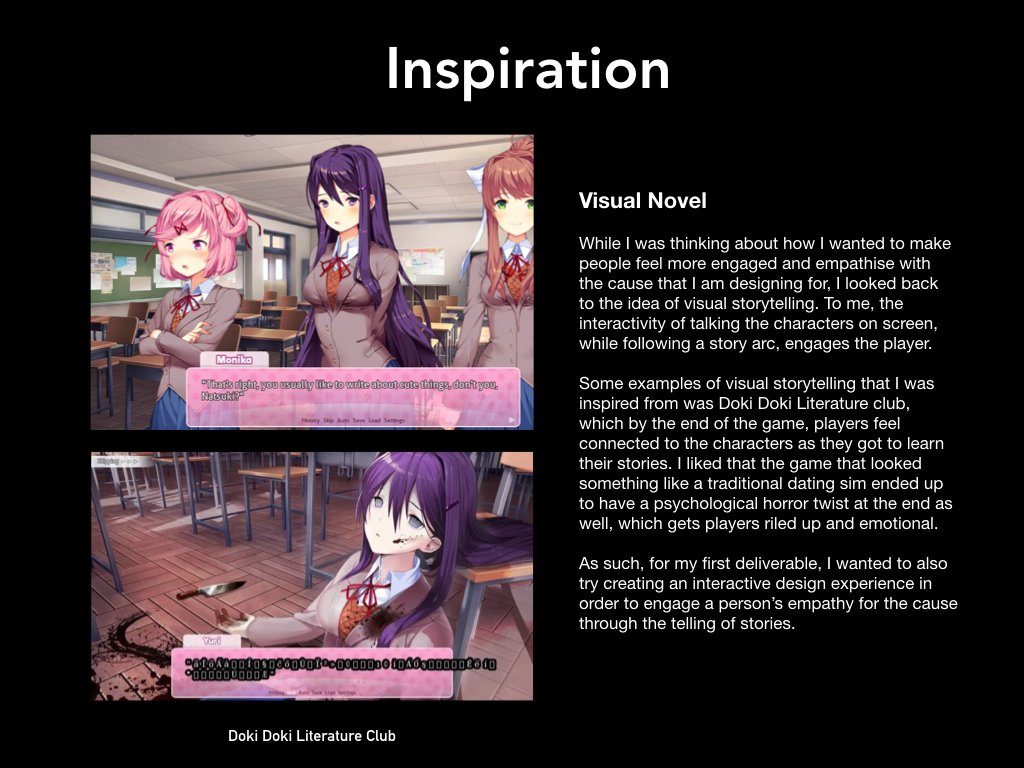
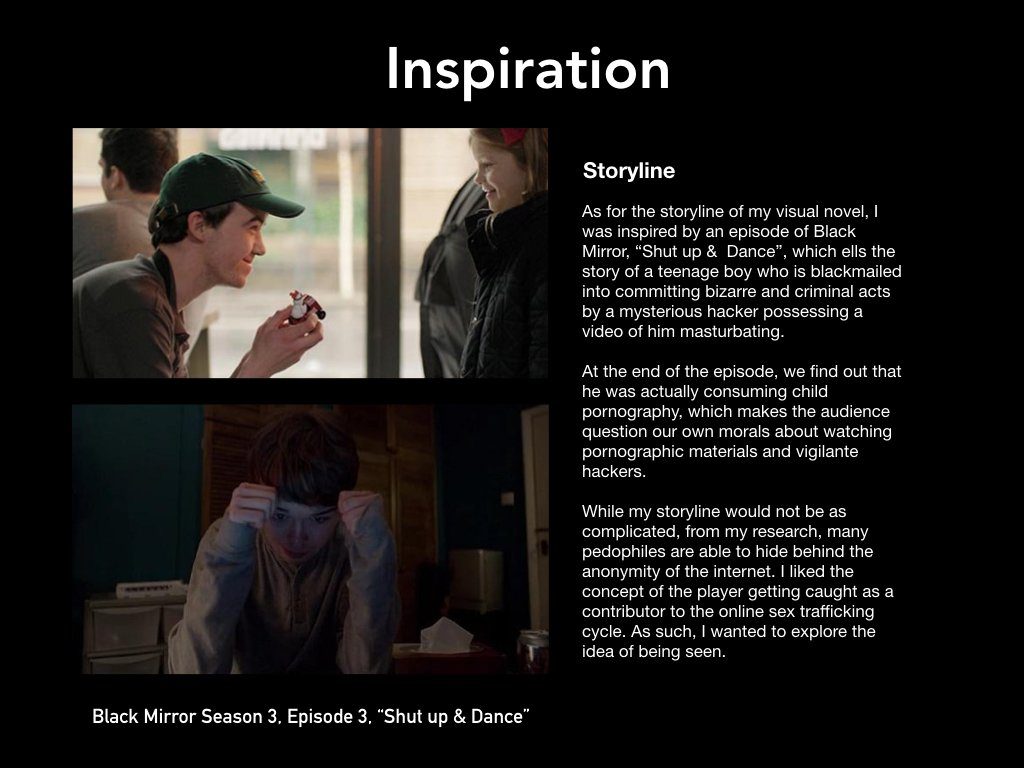
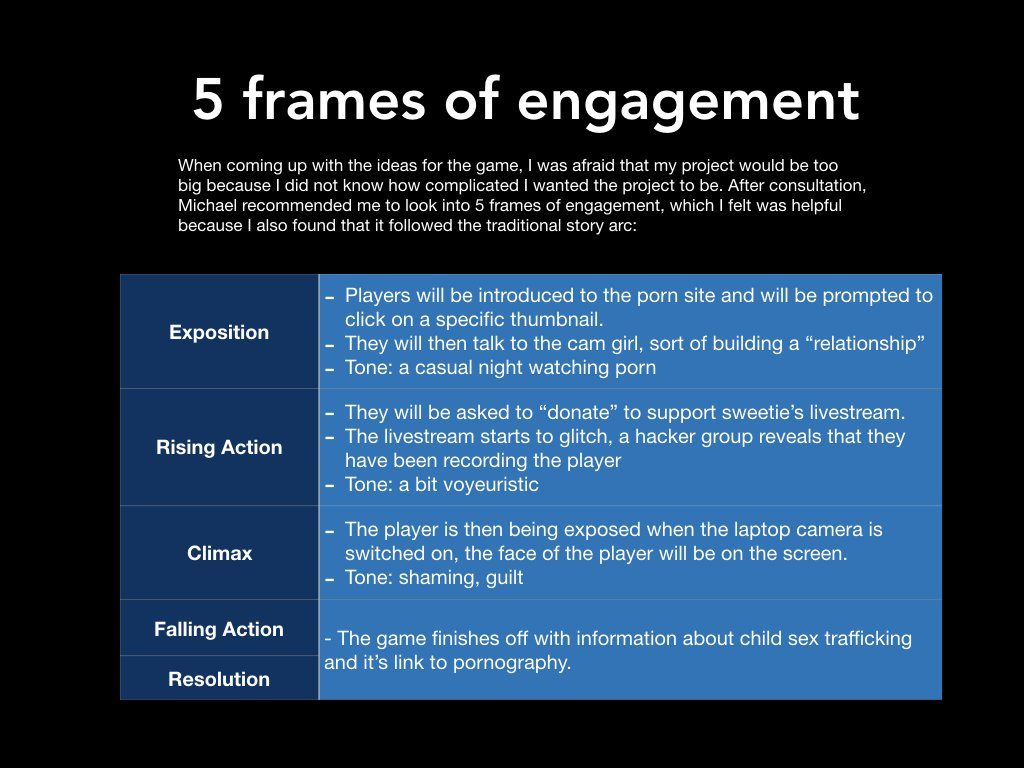

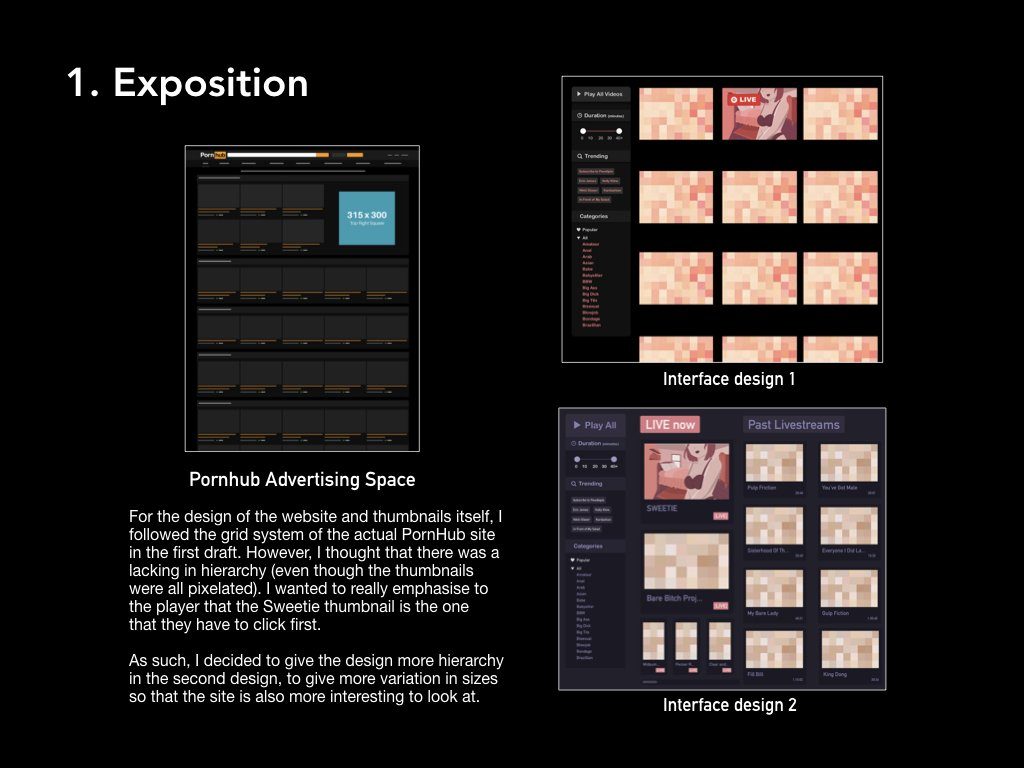
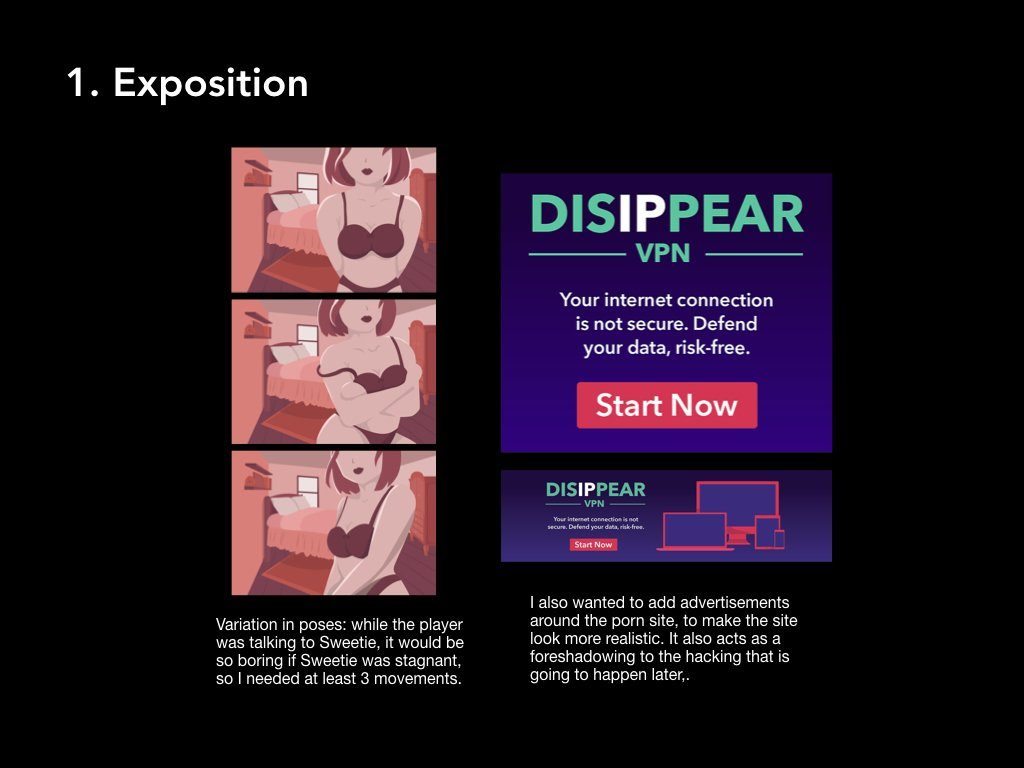
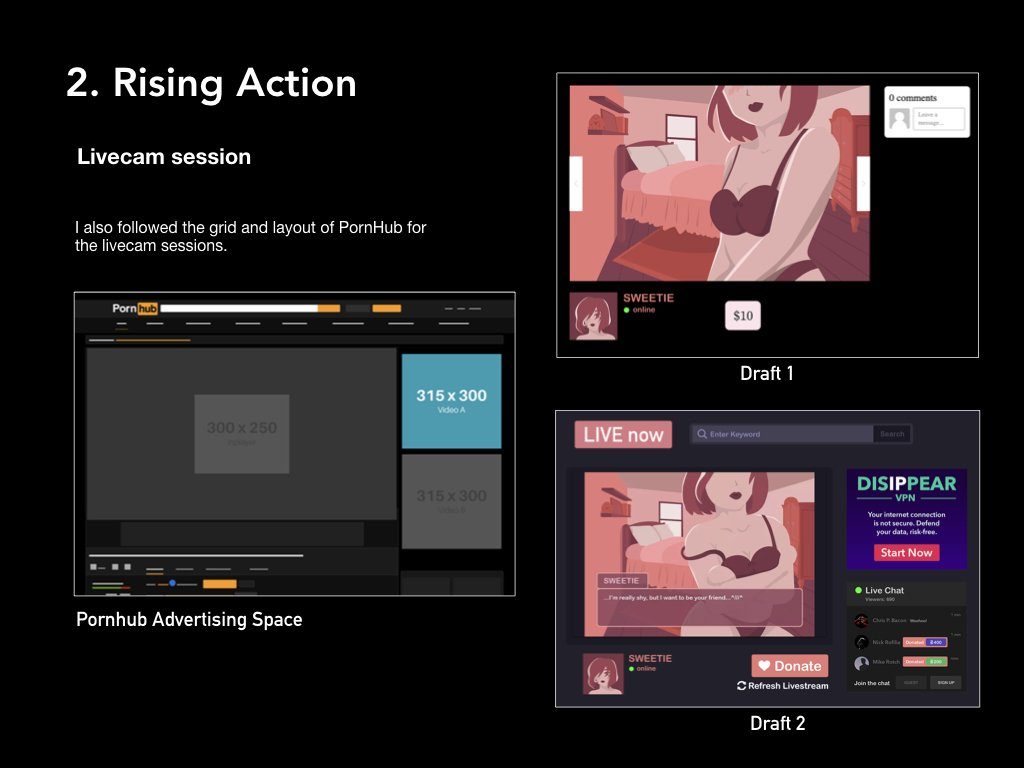
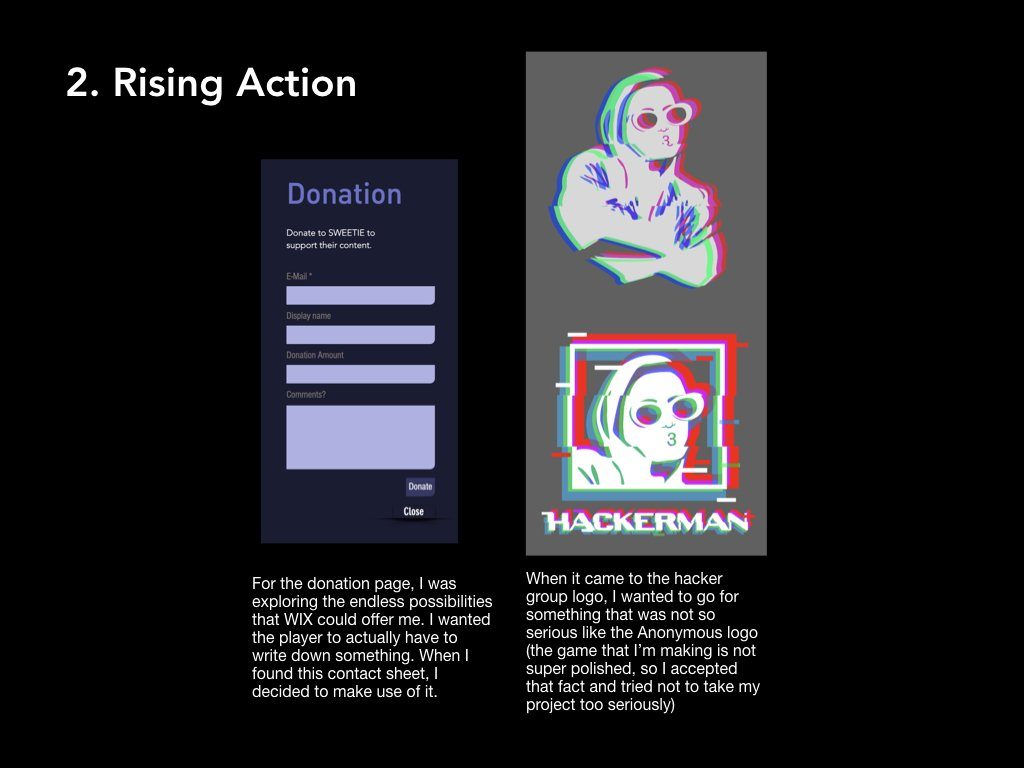
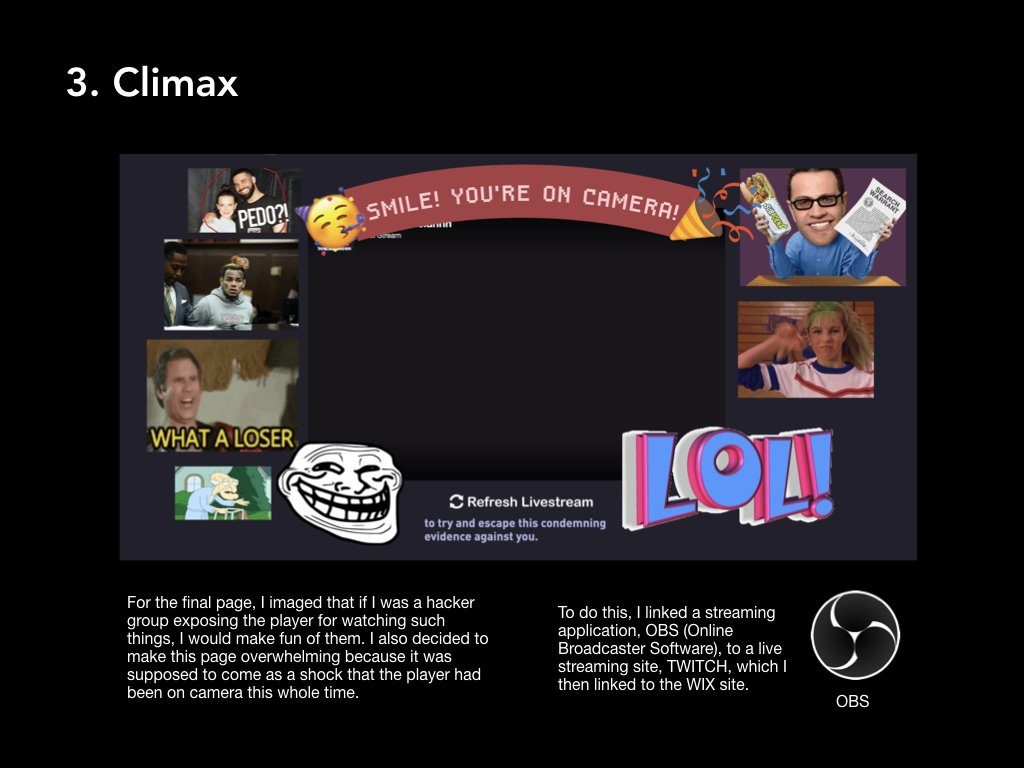
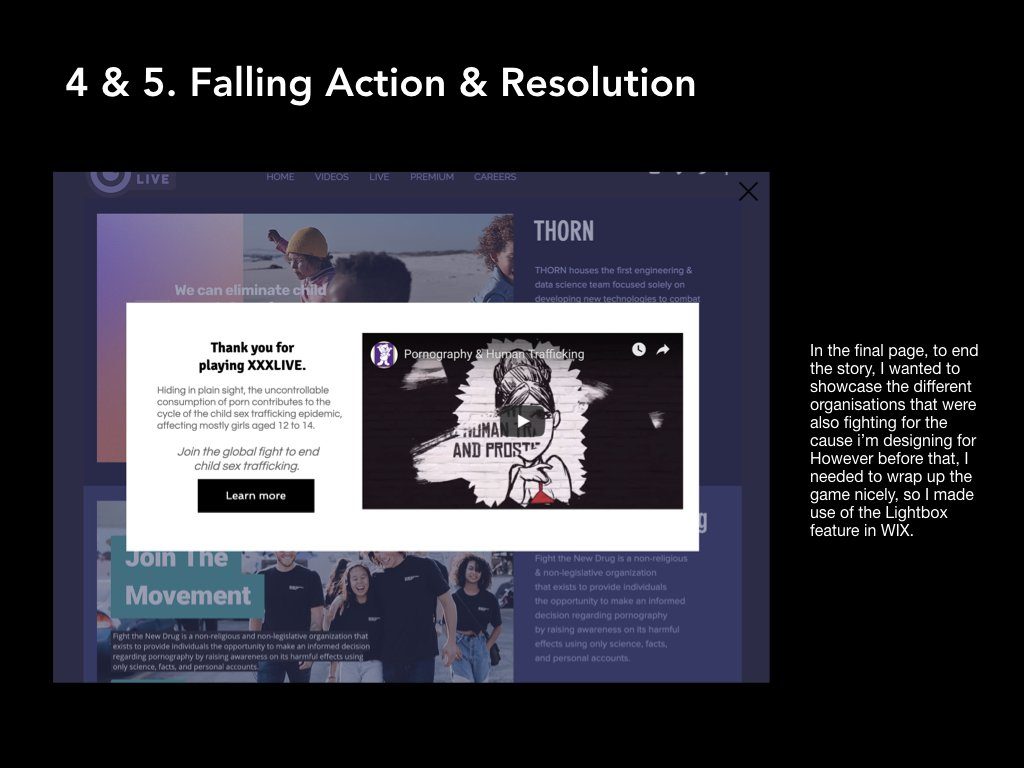
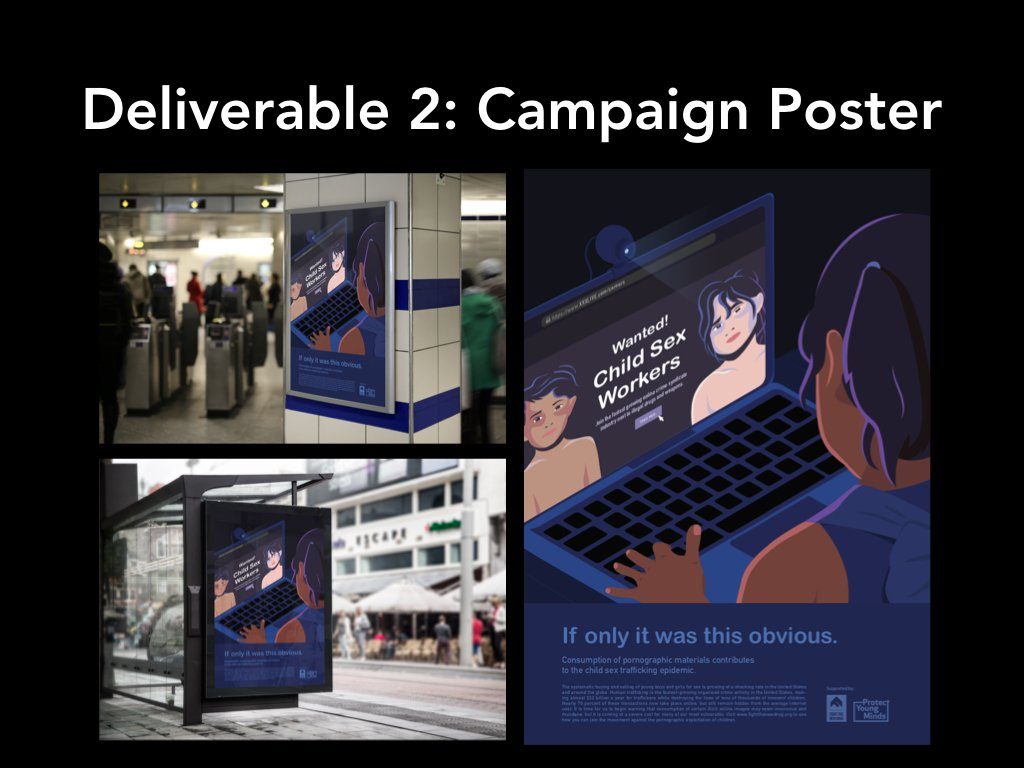
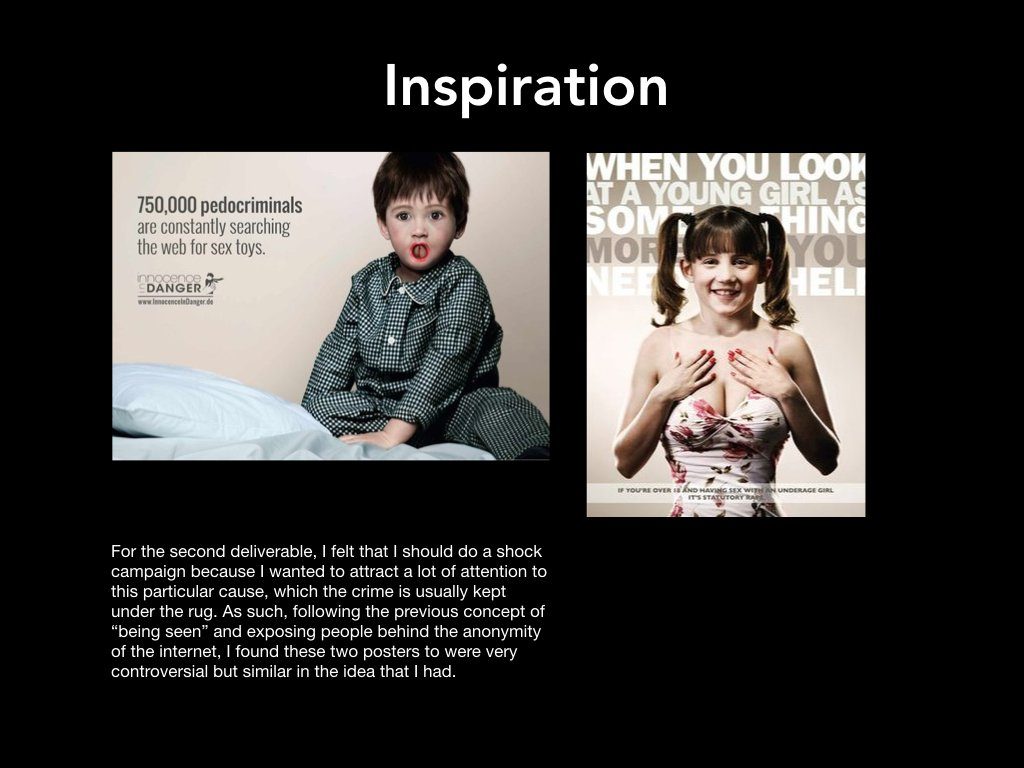

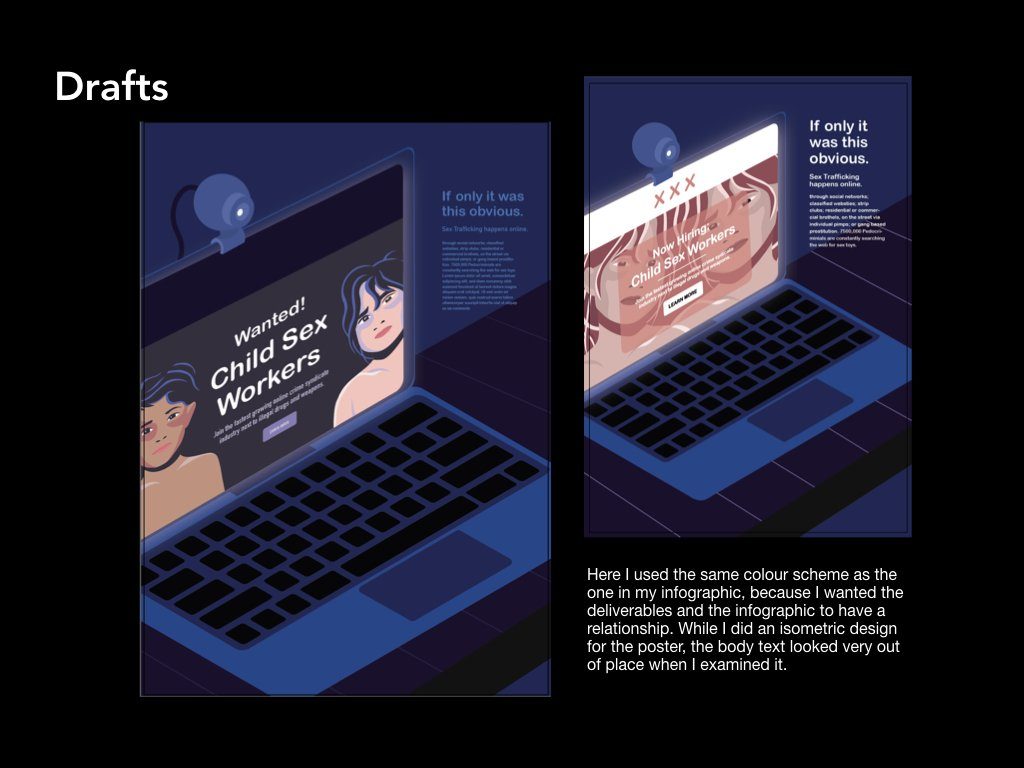
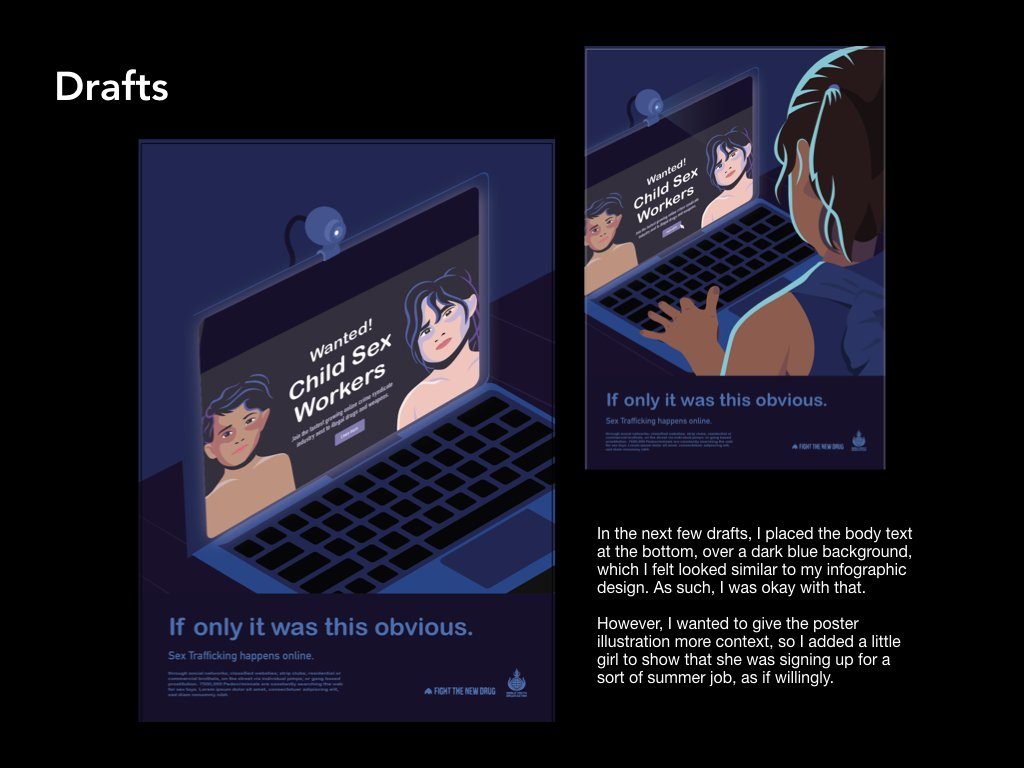
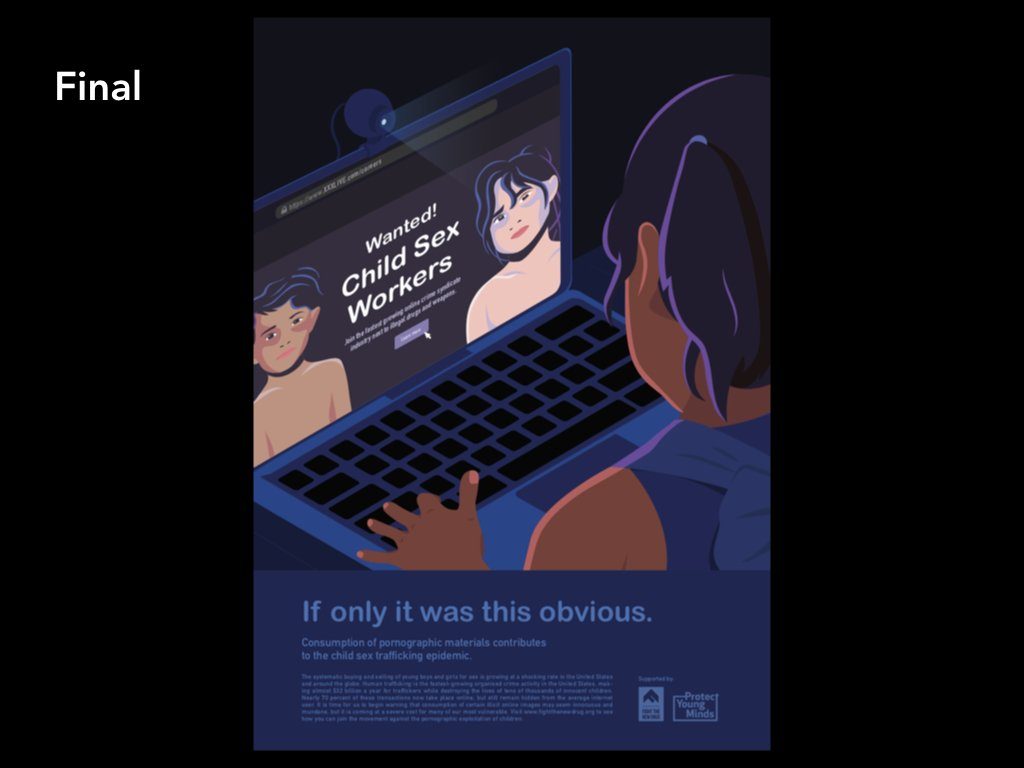
Task 3 & 4 Deliverables (Final) || Visual Communication 2
Deliverable 1:
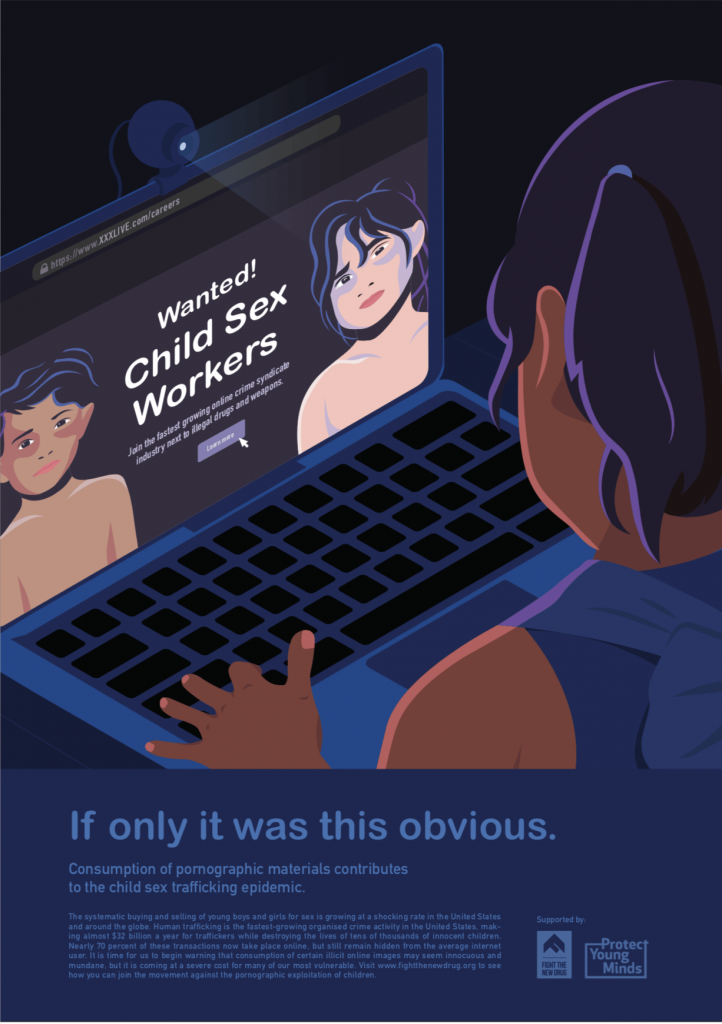
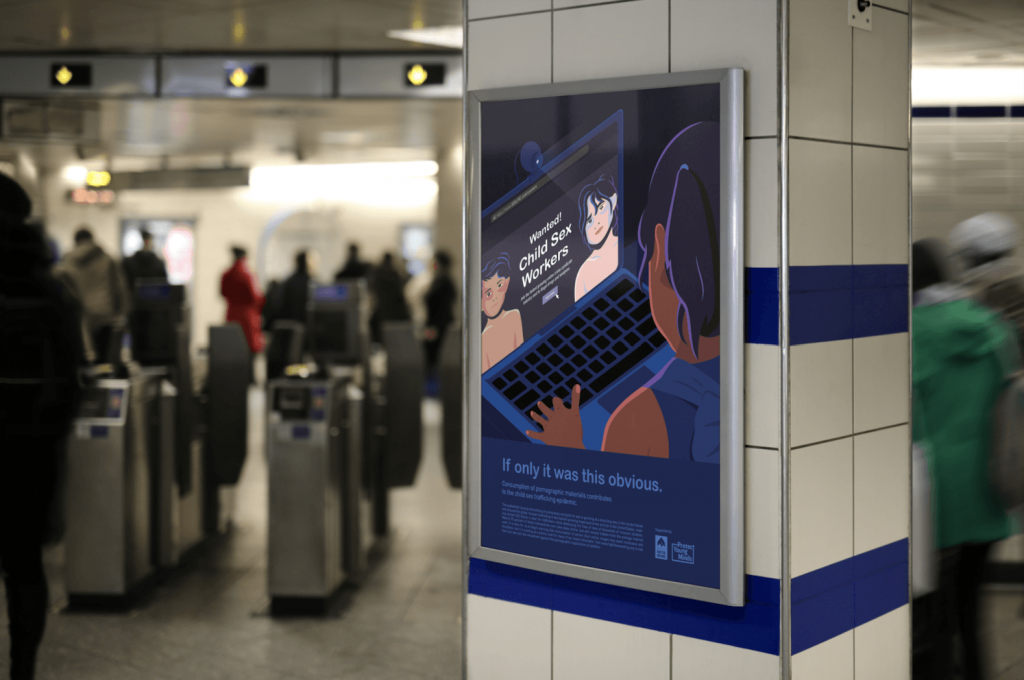
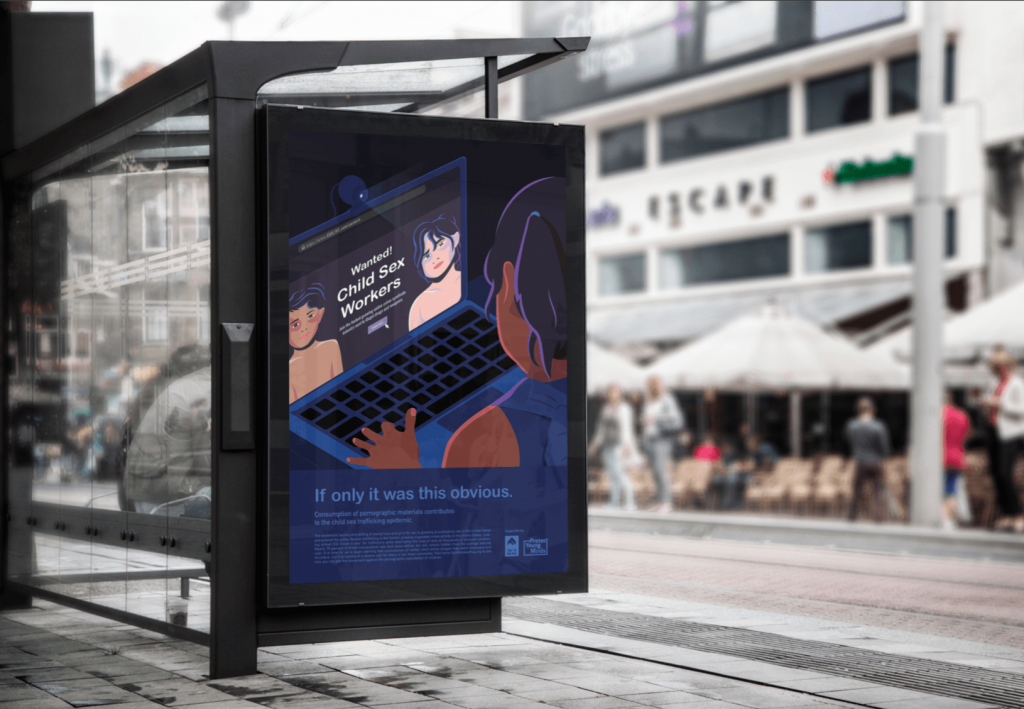
Deliverable 2:
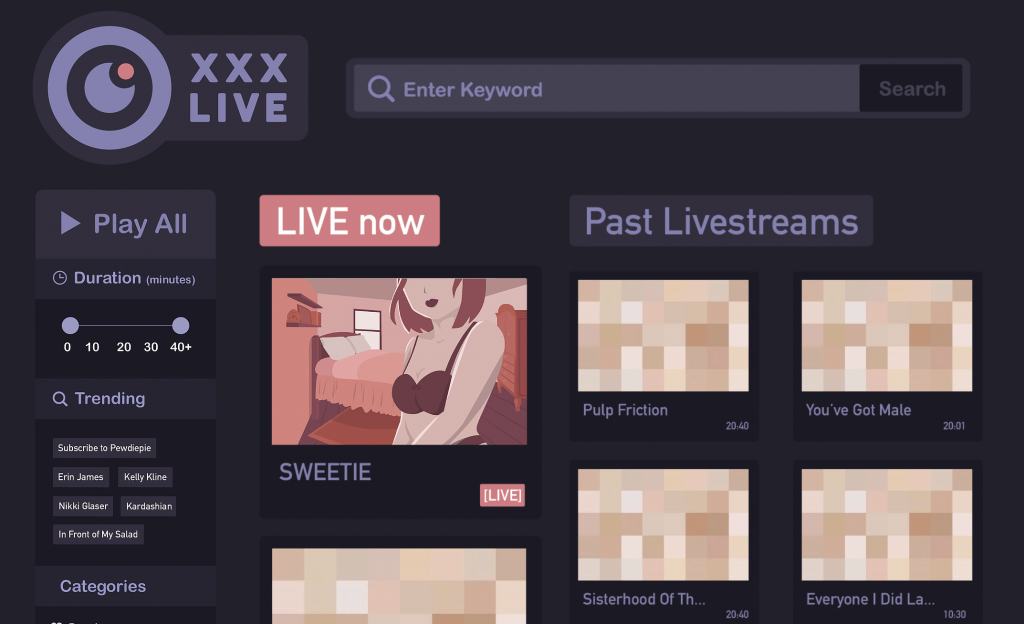
Link to game: https://tinyurl.com/xxxliveviscom2
Process: https://oss.adm.ntu.edu.sg/nurjanna001/task-3-4-deliverables-process-visual-communication-2/
Task 2 Infographic (Final) || Visual Communication 2

Process: (will be added later on)
Exploratory Research Part 2 || Visual Communication 2
“Why are your assignments all about sex?” – A question of the universe that cannot be answered.
Gaining Insights
To gain even further insight into my topic of discussion, I created a Google Survey, where I asked different types of questions concerning Pornography. The purpose of the survey was to get a general insight on local Singaporean views on the matter, which would help me narrow down my scope.

Google Form: tinyurl.com/s3xypr0n
With 32 respondents as of 8th February 2019, the feedback I received were beneficial in this process, as I am able to make a lot of interpretation from the open ended questions I posed. Some surveyors also decided to do the survey in front of me, or come to me to express their opinions on the subject matter. From my observation, I gathered that generally, people were open and engaged in this topic because it hit very close to home for many (like…very, very close), regardless of race, gender or creed.
Before going forward with the survey, I also wanted to to know if a person’s lifestyle and values had anything to do with their consumption of pornography. I asked questions such as sex, gender, sexuality, and religion. Out of the surveyors, only 6 people said they did not watch pornography. All of them were cis-women, 3 Christians, 1 Catholic, 2 Buddhists. Needless to say these numbers don’t mean anything and I wasted my energy asking because majority consumes porn.
Zooming into my Scope
Initially, my questionnaire was designed around the scope of Mental and Societal impacts of consuming Pornographic content. However, after getting my results, I realised that for the average singaporean (aged 18 – 24), the mental impacts of pornography were not as detrimental as claimed by the sources that I used for my research (which were US based). For instance, some individuals expressed that “Got so serious meh!! It’s not that serious.”

With this, I looked further into my research to see what is a scope that is based more on indisputable fact (rather than something people may or may not relate to.) As such, I now have a new scope:
This project aims to raise awareness on the technological link of pornographic content and sex trafficking of underage children (18 years old and below).
Design Objective & Target Market
The objective of the design challenge is to empower youths to be more aware on what they are actually supporting when they consume pornographic material. I cannot shame people into not watching porn, and it is kind of inevitable because even those who don’t watch porn were introduced to this concept when they were young. So the next best action is to educate.
The target audience of this challenge is for people who are born when the internet is prominent in their lives, Millennial & Gen Z, and are always connected to the internet. Other factors include:
- All genders
- Mostly heterosexual
- Porn is a normal thing in their lives
- Mature, because they know the difference between good and bad (morals)
- Use pornographic material for mostly pleasure
- Use the content because it is instant & convenient
- Have easy access to pornography on their smart portable devices
Defining the problem & Generating “How Might We” Statements
From my survey, I generated a Point of View statement that would help me define my topic.
A pro-porn user WANTS accessible and anonymous pornographic content for pleasure and leisure, BUT does not know that the content comprises of children who have been sexually trafficked, coerced, and threatened to perform.
Some “How Might We” statements to help me kickstart my ideas for my infographic and design challenges:
- How might we make people care about the reality of the “fantasy” they are consuming?
- How might we reduce the demand of outrageous content and the cycle of child sex trafficking,? (this refers to pornographic content being more and more extreme as the years go by.) (by educating the younger generation?)
Infographic
Objective: Raising awareness on the technological link between pornographic material and sex trafficking of children.
As this is now my new scope, I believe that my infographic should play the role of introducing my topic gracefully before anything else can happen. As such, I will be conducting research on the statistics for the inseparability of pornographic material and the sex trafficking of children caused by the internet.
- https://protectyoungminds.org/2017/05/04/3-ways-porn-sex-trafficking-linked/
- https://fightthenewdrug.org/by-the-numbers-porn-sex-trafficking-connected/
- https://thehill.com/opinion/criminal-justice/376500-porn-consumption-is-contributing-to-child-sex-trafficking-epidemic
Design Challenge 1
Objective: Audience to question their morals by comparing their purpose of using pornographic material versus the reality of the victim’s torture. (Also, why do you feel guilty after masturbating to porn?)
From my research, It has been observed that the majority have a pro or a neutral stance to pornographic material. Many of the respondents indicated that they watched pornographic content compromising of a number of reasons, some being 1) Sexual pleasure 2) Instant gratification 3) Sexual education 4) Temporary Dopamine. While these reasons are normal enough, when posed the question:
“Would you continue to consume pornographic material if you knew that the “actors” were being trafficked/threatened/coerced to act?”
many of the users said they would not because it is unethical. Some also acknowledge that they would still continue to because it is difficult to identify whether the actors are trafficked/threatened/coerced to act.
As such, I want the first design challenge to answer my first “how might we” question, about being caring for the reality of the “fantasy” they are consuming.
Design Challenge 2
Objective: The audience will learn about how exposure to pornographic material at a young age can have negative effects on a person’s mental health and relationships.
From my survey, there were two categories. One, I asked how old they got introduced to the concept of pornography and how old would be the appropriate age for children to watch porn. The results are:

Whether they discovered pornographic content accidentally or out of curiosity, it was almost evenly split, with only one extra for accidental discovery. From this, it shows that pornographic material is quite inevitable that people will get introduced to it. (The sample also takes into consideration people who don’t consume porn as well.)
My survey also points to technology being the biggest culprit for the widespread of pornographic material. Surveyors indicate that censorship in mainstream tv & media does not work because it is readily available on the internet. (one person made an interesting statement that censorship increases curiosity in people, which they will then go to the internet.) Most of them also indicated that they consume pornographic material using the internet.
However, according to research from Bitdefender, kids under the age of 10 are now accounting for 22% of online porn consumption, among the under 18 age. This is caused by pornographic material being more accessible, anonymous, and affordable than ever before.
As such, I want the second design challenge to answer my second “how might we” question, about reducing the demand for more outrageous content and the cycle of child sex trafficking, through showing the dangers of pornography on a young mind.
info: https://www.irishexaminer.com/lifestyle/features/how-to-educate-our-youth-about-pornography-addiction-and-dangers-439395.html
Conclusion
This contradiction between morals and reality is good news for me because now I can play with this uncertainty people have about pornographic content. Also I hope I made sense :,)
I haven’t gone into the ideation stage yet, so there is no objective for me to ask about aesthetics or design. But with this new information that I have now, I would be able to come up with some ideas, which I will then conduct a second interview to ask for feedback.
Exploratory Research || Visual Communication 2
What are Some of the current issues confronting our world today?
The concepts that I have chosen to explore are topics that I anticipate that I would have to educate my future children about. Issues that people find difficult to communicate:
 Concept 1: The widespread of Fake News.
Concept 1: The widespread of Fake News.
As fake news is getting more difficult to identify with the human eye, what are some ways to be vigilant in the era of “weaponised misinformation”? As technology evolves in the blink of an eye, humans have to keep up and develop internet survival skills.
- https://builttoadapt.io/the-design-of-trust-combating-fake-news-48548a9e209b
- https://medium.com/@caseorganic/fighting-fake-news-with-calm-design-principles-ae02d2874e8c
- https://www.sciencedirect.com/science/article/pii/S1877050917323086
- https://uu.diva-portal.org/smash/get/diva2:1181745/FULLTEXT01.pdf
 Concept 2: Keeping it Halal
Concept 2: Keeping it Halal
Halal is often associated with the food consumed, but what about the process of production? The concept of Thoyyiban (healthy and wholesome) is also forgotten, when Muslims depend too much on the logo, which can also be easily be copied and pasted. Now this begs the question: what makes things Halal?
- https://www.icv.org.au/about/about-islam-overview/what-is-halal-a-guide-for-non-muslims/
- https://www.sciencedirect.com/science/article/pii/S1877042814011446
- https://agroindustry.files.wordpress.com/2009/11/current-issues-in-halal-food.pdf
- https://www.researchgate.net/publication/285119498_Halal_food_issues_from_Islamic_and_modern_science_perspectives
 Concept 3: The reality of Emotional Abuse.
Concept 3: The reality of Emotional Abuse.
Emotional abuse can have longer lasting and deeper effects than victims of physical abuse. The term, being used loosely, making it difficult to properly categorise someone as the subject of emotional trauma. Victims also have a hard time discerning their situation, as it is difficult to spot the invisible signs.
- https://www.verywellmind.com/identify-and-cope-with-emotional-abuse-4156673
- https://www.cheatsheet.com/health-fitness/this-disturbing-sign-means-someone-is-a-victim-of-emotional-abuse.html/
 Concept 4: Is Pornography as harmless as it seems?
Concept 4: Is Pornography as harmless as it seems?
Porn has been normalised in society as a harmless personal entertainment. However, the material damages brains, relationships, and has negative effects on the society. There is also a dark open secret in the industry; the inseparability of pornographic material and sex trafficking.
- https://fightthenewdrug.org/3-reasons-why-watching-porn-is-harmful/
- https://fightthenewdrug.org/the-internet-can-be-a-very-unsexy-place-we/
- https://www.irishexaminer.com/lifestyle/features/how-to-educate-our-youth-about-pornography-addiction-and-dangers-439395.html
- https://fightthenewdrug.org/why-actor-terry-crews-wants-people-to-stop-watching-porn/
- https://www.google.com/search?q=The+truth+about+the+porn+industry+%7C+Life+and+style+%7C+The+Guardian&oq=The+truth+about+the+porn+industry+%7C+Life+and+style+%7C+The+Guardian&aqs=chrome..69i57j69i64.261j0j1&sourceid=chrome&ie=UTF-8
- https://www.glamour.com/story/15-sex-industry-workers-in-their-own-words
- https://www.psychologytoday.com/us/articles/200509/you-me-and-porn-make-three
- https://endsexualexploitation.org/educating/
To me, concept 4 is the one I feel for the most.
Why is the issue important?
Pornography is an important issue to me because it is a thriving industry that majorly benefits from exploiting a person’s darker side and people’s lives. While the internet has helped combine acts of kindness and compassion to alleviate human suffering on a global scale, it can also combine millions of selfish acts and create a massive force of harm.
Sex Trafficking:
As many people may know, the porn industry is a sketchy place. It gets even more difficult to tell if the content the “average joe” watches was made legally, or if all of the “actors” are there willingly (in some cases, they are coerced or threatened.) As technology makes getting this type of content easier, the viewers are getting younger. This drives the demand for more outrageous content, contributing to the cycle of sex trafficking, where majority of the victims are women and children.
Negative Effects to Society:
The representation of the lopsided power dynamics in pornographic films shows men as “powerful” and women as “submissive”. This raises concern as porn is the “perfect propaganda piece for the patriarchy”. Research has shown that “exposure to pornography has been shown to make viewers less compassionate towards victims of sexual violence & exploitation”. Other effects also include addiction which leads to broken relationships.
Other effects of porn:
https://fightthenewdrug.org/get-the-facts/#sthash.GFpmtMBa.dpbs
Who do you need to communicate to, and why?
The target audience includes mainly men, ranging from as young as 13 years old to 24, who have easy access to pornographic material on their portable smart devices such as phones, laptops, and tablets. They grow up on social media and are always connected to the internet.
The topic will also be set in Singapore, as it has been reported by Channel NewsAsia in 2018, there has been an increasing trend of younger people seeking for help for sex and porn addiction. Singapore is also a popular transit point and destination hub for trafficking activities, where traffickers exploit Singapore’s attractive economic conditions to lure victims:
There is a need to raise awareness on porn’s unethical secret and it’s negative impact on society to young, impressionable minds, who will grow up to be the future leaders of Singapore. When a large corporation is revealed to have unethical practices, consumers are quick to boycott and support other brands. It is time to advocate against the dark side society’s open secret, to stop the demand for outrageous content, and to promote healthier ways to cope.
Statistics:
- https://www.channelnewsasia.com/news/singapore/sex-porn-addiction-more-younger-people-seek-help-9963738
- https://fightthenewdrug.org/10-porn-stats-that-will-blow-your-mind/
- https://hagar.org.sg/human-trafficking-in-singapore/
How has visual communication contributed to address the cause?
Fight The New Drug, Apparel Merchandise, 2009 -2019.
https://store.fightthenewdrug.org/
Fight The New Drug, is a non-profit & non-religious organisation that advocates for people to make informed decisions about pornography and raising awareness on it’s harmful affects using facts and science.

For me, shirts are a method of campaigning that I feel is effective in showing your solidarity and support for the cause because it the graphics are big, and when people wear it, it attracts your attention because of the simple yet impactful designs and slogans on the merchandise. For example, one of their classic shirts, “Porn Kills Love”, to me sends out a very clear message of what the wearer stands for. In terms of the design, the serif font helps to make the shirt look serious instead of funny (i mean, not many people have the word porn on their shirts to begin with…).



Another one that I really like is the “Street Team Kit”, which is a kit designed for advocates to spread the message of the organization. I really like the design of the flyers, as the grunge yet digital aesthetic conveys a dangerous and serious context of online pornographic content. The colours are bright and bold, making it attractive to a younger audience, giving the poster a bit of an edgy vibe. I think that the other forms of campaigning included in the kit, like the shirt, patches, zines, posters and stickers give people multiple options to express their involvement with the cause, and because the design is attractive, it would help spark conversations.
Fight The New Drug, Website Design, 2009 – 2019.
‘https://fightthenewdrug.org/get-the-facts/#sthash.GFpmtMBa.dpbs
A lot of the information I got for my research was from Fight The New Drug’s website. If not for the very well designed website, I would have had a difficult time trying to get information.

To me, I like the website design because it makes good use of colour, motion graphics and typeface to make the organization look legitimate and current. The website is also welcoming as it makes use of the photograph of a group of young men and women (donning the organisations’ t-shirts), and the huge font that encourages us to “Join The Movement”. It speaks volumes about who their target audience is.


I also liked the organised categorisation of the website into three main topics: how porn affects the Brain, The Heart, and The World. The graphics are vectors that make the website look current and with the times, which is appropriate considering they are fighting against pornographic material on online platforms. To me, I find this very effective because I was able to find information quickly because of the organised website design, and the graphics drawn really complements the titles, giving me a visual cue of what the article is about.
Molly Gochman, Red Sand Project, Time based Installation, 2015.
‘https://www.youtube.com/watch?v=33grM0pFZjg, http://www.takepart.com/article/2015/11/29/red-sand-human-trafficking/

Molly Gochman is an activist highlighting Human Trafficking issues. Her work, the Red Sand Project, is peculiar in a way which does not directly address the issues of Human Trafficking on a visual level, but it unexpectedly gets people talking about the topic. It is a conceptual art that encourages viewer participation by getting people to buy packets of red sand and filling the cracks of the pavements and roads with it. The meaning behind the sand in the road cracks is a metaphor to highlight victims of Human Trafficking who “fall through the cracks”.
An interesting art project, very different from the other two I showed previously. It is more of a conceptual art, one that definitely caught my eye by how bold it is. It looks like streams of blood on the ground, which would stop anyone in their tracks and question what is going on. This is interesting to me because it turns the individual into a “participant” by simply making them question about it.

One thing I really like what the artist does is that when a person questions her what she is doing, bent down and spreading red sand, she responds by talking to them about her cause about highlighting about the hidden industry of Human Trafficking. In turn, the people become more puzzled because they were not expecting to have this conversation, but there they are, having that conversation. It’s quite funny actually, playing on shock value through visuals, making the spreading of awareness more interesting rather than preachy.
To me I think that this interactive installation art is very engaging as people all over the US have posted their participation to the Red Sand Project. The metaphor in the artwork is very powerful, in a kind of silent protest against the Human Trafficking industry.

Dialogue in the Dark || Visual Communication 2
Upon entering, I felt a little bit claustrophobic because it was pitch black. However, I realised that the visually impaired faced this every single day, so I channeled their confidence and soon I found myself walking upright and taking bigger steps. I also became more aware of my surroundings. By the end of the tour, I came to realise that people who are visually impaired have to take effort to memorise routes and actions so that they can operate normally during their daily lives.
Another thing that I realised is that the other senses are heightened. Hearing and touch became my main tool of navigation, moving closer to the guide’s voice and feeling the walls to advance forward. This gave a new experience to things that I was familiar to, such as riding the boat on the Singapore River. What I usually dismiss, such as water splashing onto me and the sounds of water droplets falling from the bridge, I paid more attention to it during the experience because I had nothing else to focus on visually.
Lastly, I learned that for people with visual impairments, it is very difficult for them to find jobs. While companies are making effort to hire more disadvantaged people, people who cannot see pose a difficult hurdle for many companies, despite being able bodied (excluding eyesight).
The benefits of roleplaying and going through this experience is that we get to have first hand experience on the intended audience, through tapping into the empathetic side of design. It takes into consideration of the voices that we seldom hear, such as people with impairments and other disabilities.
Final Poster and Brochure [Final]|| Visual Communication 1
POSTER

BROCHURE



Final Poster and Brochure [Process] || Visual Communication 1
Hello! Long time no see! Here is my process of how my final poster and brochure for the Singapore Design Week came to be:
POSTER
Initial stages [sketching]
In my previous OSS post about my second trip to the National Design Centre, I had already mentioned that my theme for the poster would be about the conversation of the wannabes who go to art events, and to do that I use the ‘glitch aesthetic’ to show the breaking down about the dichotomy of the conversation.
Below are some sketches that I had when I was brainstorming ideas:

Working with the I Wannabe slogan. these were just initial sketches to let all the stupid ideas leak out of my brain so that something better would come up better. The posters here really had nothing good to say about SDW and were not related to the arts event at all, though i did explore layout.

Another section of letting out all my stupid ideas out to make way for the smarter ones. Here, this was not related to SDW in a direct way, rather I was commenting on the role of the artists and audience at arts events.



This one is even more dumb but i’m getting closer to my theme of SDW. I was inspired by this art Instagram trend of “do & don’t” which basically told people how to “draw” properly. I found the trend stupid which was why i wanted to try and use it in the poster, to show that the dichotomous conversation was stupid as well, by having the faces of the humanoids show a “congratulations!” virus spam window.
The screenshot below that is the trend that i was talking about, but this picture above is from one of my favourite artists also mocking the trend.

Using the concept of the colour picker, i wanted to show that no matter where the picker lands, every one is “art” “deep” “aesthetic” and “shallow”. the crowd below is a glitch where the window of an image of a person is being dragged all the way to the ‘front of the line’ to have their photo to be taken. This was more of a truthful commentary of what goes on during arts events. Did’t like this much because i felt that it didn’t make sense if I wasn’t there to explain it. But i knew that there was something i could use from this concept, just needed to refine it.

This one, I played more with the elements of the humanoids and the colour picker. I wanted to show a crowd, like a kind of hive mind, which is why i stacked them all very closely to each other. I also had the drop down menu for the slogan, and the options were some of the words that could finish the sentence (so that people can have an option of what they want the sentence to say). To be honest I didn’t really like this concept a lot because i didn’t know what to make of it, but after consultation with Michael, the element of crowd worked well in my favour better here than the previous concept.

Here I tried to incorporate both the elements in the previous concepts into one concept. I didn’t like this much because at this point the glitch was used not purposefully. After all these sketching, I digitalised it so that I could see how the poster would really look like.
Process (digitalising drafts)

I hated this draft the moment I started, theres nothing much to say. There was no contrast, the hierarchy was all wrong, it looked like a mess. I think i was trying to push the narrative too much without considering the poster design here.

This was cleaner, but i didn’t like this because the layout was too traditional. As for the humanoids, i tried to remain neutral, but it didn’t give me the “uncanny valley” vibe. it looked too boring and the glitch elements did not have much purpose at this point. I also had only one design of the humanoid who had an ambiguous gender and race because i wanted to show that I was not attacking a specific group of people.

This is where my poster started to look closer to my final. This was also the one i showed during class. After the feedback, I removed some elements because I too do agree that the work now looks very cluttered. I also changed the alignment of the text, because the feedback said that it was more natural for english speaking people to read from the left to right as opposed to right to left. With this feedback, I also had to change the flow of the elements in the poster so that I can lead the viewer’s eyes naturally.
Here I decided to illustrate both a male and female figure and turn them into humanoids, because I felt that at least this would help make the poster feel more relatable as people could identify with gender.

At this point i still did not know why i didn’t like my previous poster so it tried something else.
Here I “deep fried” my poster because i was running out of ideas. (Deep fried meaning that i put so many filters on the poster and just kept layering it until it gives that it looks as if i actually deep friend the poster in oil). I felt that there was too much colour going on here which was fighting for the attention of the glitch windows and the two humanoids so i didn’t go for the colourful background.
As for the humanoid, i changed the colour picker to the macbook’s spinning wheel of death. This was because I was also trying to find out how I was going to turn my anti-advertisement concept into a proper advertisement with a positive message about the client. I liked the spinning wheel of death better than the colour picker because it communicated destruction, which was the type of feeling i wanted my poster to give.

Looking better, but at this point the poster is SOOOO GREY. i liked that there is a pop of colour in the spinning wheels of death, but i think after feedback i also agreed that I could improve the way i presented “Singapore Design Week 2019”. I liked the layout for the poster on the right, but it ran the risk of looking like two separate posters when i covered the top or bottom half of the poster. For the one on the left, I found that the “snake” i made behind the two main humanoids could help me tie the whole poster together.
FINAL

Yay final! After adjusting my poster based on my research and drafts, i’m quite happy with how the final poster turned out. I also had change in my slogan to make the artwork more positive: Creation from Destruction; I Wannabe. And the two humanoids now are “creative” as they are malfunctioning, which to me is such an interesting idea. I definitely wish I could really refine all the details of the poster, but for what it’s worth i’m really happy with the outcome.
BROCHURE
Below is a video of my brochure process:
From this process I really learnt that less is more (even though the entirety of my concept os all about maximalism).
Final

Folds, Format, Form [Information & Visual research, Design exploration] || Visual Communication 1
Information Research
Below are some designers that i’ve decided to include in my brochure. The descriptions will be shortened to less than 150 words during the design process, so that i can have a better understanding of what information is important.












Visual Research and Design Exploration
Trying to keep things in theme with my NDC poster and tagline “Creation from Destruction; I Wannabe”, the concept of my brochure would be destruction and danger, which will open up to be something “wholesome” and “creative”.

Concept 1: Fold Fold Fold
For this concept, i wanted to experiment with what kind of experience can the user get while reading the brochure. A phrase that came to my mind was “a gift that keeps on giving”, which i interpreted as the brochure having an element multiple places where the user can open and close.

Concept 2: Tear Tear Tear
Currently, I really like this concept because it speaks about my tagline of creation from destruction very well. I think it would be interesting to have a brochure that encourages the user to destroy it, and then later experience a series of folds where they can keep discovering new parts of the brochure (kind of like the first concept)
Below is a video of some of the paper folding i tried:
Trip to da National Design Centre Part Deux || Visual Communication 1
GPS is recalibrating…
I went to the National Design Centre Again! This time, I had the luxury of spending more than an hour to really be able to get into the one of understanding what the Singapore Design Week was all about. For me, I went back with a new objective: to find artwork and artists that I resonated with.
I managed to read this publication that had all the iconic designs from 2005 – 2015. There, I found some artists that i liked. These are some of the things that I stuck out for me:
- “…Experimental & contemporary, naturally displays refreshing genuineness born from a real desire to push the boundaries of creativity. International relevance while capturing the spirit of Singaporean & Asian identity without being contrived. Unconventional, edgy, and irreverent…”
- “…need to energise, educate, enlighten and elevate Singaporeans, help them realise that a better life can be achieved through design…”
For me, I identified with these sentiments because I am an edgy Singaporean, who doesn’t like corporate/pandering/nationalistic designs. I am still proud to call myself Singaporean, but it’s because the graphics and designs that I keep seeing are getting very repetitive and boring.

What is Singapore Design Week and what does it mean to me?
From the corporate website, here are some descriptions that I agree with:
“Collection of local & international design activities…”
“…gathering of many different disciplines, business, design, students, etc…”
This is very wholesome. SDW sounds great and all, but i’ve never actually been to it. However, I have been to arts events before, like the Singapore Night Festival. While these are two separate events with different objectives, I feel that they fall under the same umbrella objective of trying to “encourage Singaporeans to do art”. For me, I find that while SDW is trying to get young Singaporeans engaged in design activities, to build their own voice and identity, there is one aspect of arts events that really bug me: the audience. From my observations, the audience are one of two things:
- Pretentious
- “People are only here for the Instagram pictures, not the art…”
- “Ugh, look at all these wannabe social media influencers, all taking the same photos…”
- Social Media Influenzas
- “Not all art is angsty all the time what, sometimes it’s just aesthetic…”
- “Ugh, look at all those wannabe arty fart people, don’t know how to have fun…”
While these are some of my observations of others at arts events, I can also attest that I have been on both sides of the spectrum.
Other than just looking back at my art events experiences, I also want to look back at what locals think about art in Singapore. Fortunately, I am registered in the The Contemporary Creative and Cultural Industry of Singapore (CCC) module, where the topics we discuss in class concern Singapore’s design industry. Here are some of the iconic quotes and observations i’ve had the pleasure of experiencing first hand:
“Singapore spends a lot of money investing in the arts, even more than Switzerland. Which is interesting, because as Singaporeans, we are still trying to build a strong arts culture using money, while they already have a very established Swiss design.”
“Singaporeans are still very conservative”
“There are a lot of wannabes in Singapore”
“Singapore has no culture” “uhm, SINGAPORE HAS A LOT OF CULTURE”
Lecturer: Can you give an example of a successful creative project Singapore has done?
Student (non-local): I think…Crazy Rich Asians?
Lecturer: That is still a predominantly Hollywood production.
From all these experiences, these loggerhead conversations are very funny to me, and we’re collectively kind of pessimistic. And to me, I think it’s very silly that both extreme users are trying to invalidate each other’s experience of art events, when in reality both are valid (and are not wrong!).
Observation at NDC

At the NDC, there is a gallery for all the Visual Communication work. However, the poster for the gallery is so ugly that it is so great. For me, I feel that this poster represents the inside joke of being a Visual Communication designer. The fact that they have such an ugly poster to represent all the artwork in the gallery shows that there is also a side of light-heartedness and comedy in art, which some people might think doesn’t exist.
As for representing Singaporean aspects, i’ve grown tired of the same few icons that Singapore created for itself: raffles, Merlion, Singapore girl, etc

GLITCH
For me, trying to make Singapore a gateway to the future means that we need to start at home first. In this project, I want to break down the dichotomy of this conversation of what art and arts events are supposed to be. Now, as the boundaries are blurring even more as tech is integrated in our lives, and influencing the way we live and perceive things, there is a notion of “we are all living in an illusion of perfection”.
A lot of the themes in my artwork and life in general has been very robotic and glitchy and broken down. It’s a way I, a millennial, respond to technology being integrated in my everyday life. To me, technology also lives on a spectrum: sometimes, I over-depend on it & take it for granted, and sometimes I feel like the sanctity of humanity is being destroyed the more i use it (ala bad metaphor about how we’re living in a world of smart phones and stupid people hurrrrdurrr technology is bad i’m a mole man)
Also there is this very interesting article that describes the kind of art movement I am unintentionally part of:

Slogan Ideas
My slogans are very anti-trend but i think that’s the direction i’m going for:
Singapore Design Week!
- Come take insta pic
- got job one meh
- cannot survive one lah
- come see your dreams die
- arty fart why so showy
- dont act act leh
- wannabe wannanot
- art degree for what ah?
- WE ARE NOT OKAY
- ART = WASTE MONEY
but the ones that i kind of like are:
- Go art school play play
- this would tackle the absurdity of bureaucracy in the education system of Singapore and singaporean’s general fear of failing
- I wannabe ___________.
- I like this because you can insert whatever you want. It’s also about calling out the wannabe culture in Singapore.
- #deep
- This sucks but that may be why it doesn’t. It’s about the duality/spectrum of art from aesthetic <—-> deep meaning
What’s next?
For the next few phases of the project, I will be defining what my main message, concept and the slogan should be. I will also be coming up with sketches to aid me in this process.
